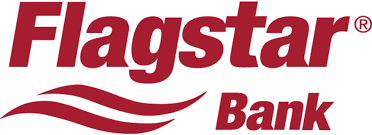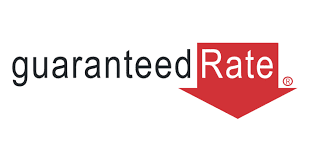Most home equity lines of credit come with variable rates, which means that their interest rates — and monthly payment amounts — can change over time.
Each lender determines how an individual HELOC’s interest rate is calculated, but the same factors are always included.
Factors that affect HELOC rates
1. Your loan amount
Borrowing 80% or less of your home’s value is likely to get you lower rates, although most HELOC lenders allow you to borrow up to 85%. The more equity you leave in your home, the better your HELOC rate will be.
 How much can you borrow? Use our HELOC calculator to see how much home equity you could get.
How much can you borrow? Use our HELOC calculator to see how much home equity you could get.
2. Your credit score
A 780 score or higher is recommended to get the lowest HELOC rate offered. However, some lenders will allow a 620 minimum.
3. Your debt-to-income (DTI) ratio
Your DTI ratio measures your gross monthly income relative to your monthly debt, and keeping it low will help drive down your HELOC rate. The less monthly debt you have compared to your income, the better. HELOC lenders will typically allow a maximum 43% DTI ratio.
4. Interest rate adjustments
Similar to adjustable-rate mortgages, HELOCs typically have interest rates that change on a specific schedule. Lenders are required to tell you how they’ll calculate your rates before you close on the loan. There are three factors that figure into your rate adjustments:
- The index is the moving part of the formula that determines your HELOC rate. Common indexes for HELOCs are the U.S. prime rate and the Constant Maturity Treasury (CMT).
- The margin is a set amount added to the index to calculate your interest rate. This gap between what the market determines and what you pay is how lenders make money on a HELOC.
- The ceiling sets a limit on how high your rate can rise at any time during the loan term.
5. Loan-to-value (LTV) ratio
Your LTV ratio measures how much of your home’s value you’re financing. Most lenders will require you to maintain at least 15% equity in your home, which limits you to a maximum LTV of 85%. There are some lenders who offer high-LTV HELOCswith LTVs of up to 100% — however, you’ll usually have to accept a higher interest rate.
 Think a HELOC is right for you? Compare Top Lenders and Rates
Think a HELOC is right for you? Compare Top Lenders and Rates










